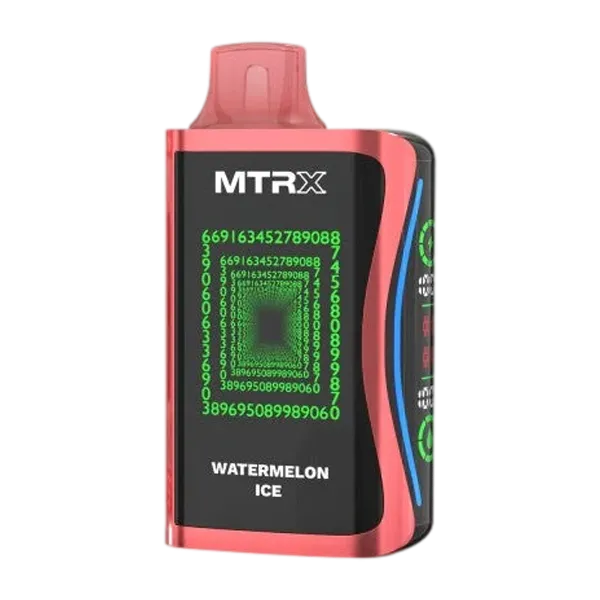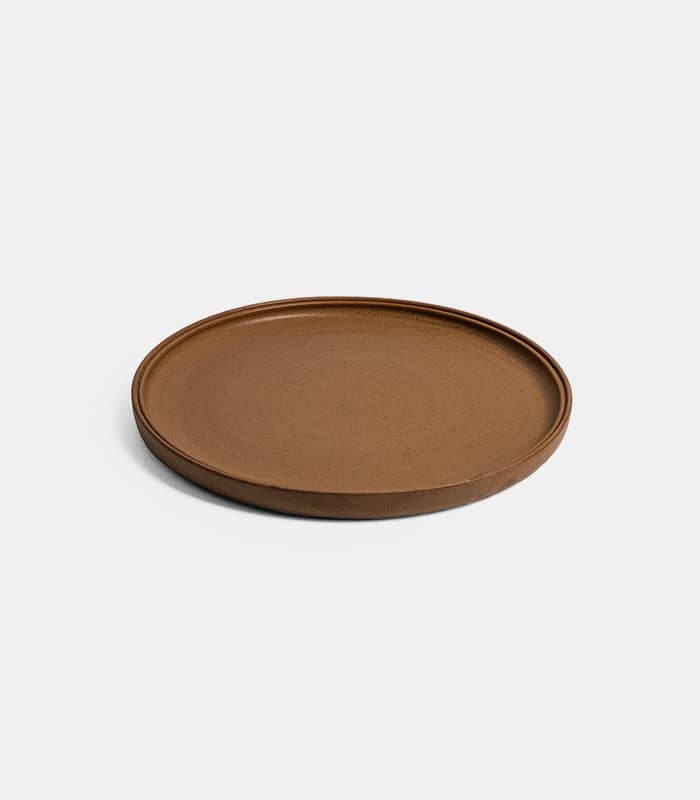How Many People Have Died from Vaping in Australia? 2025 Statistics & Risks

Article Overview
Key Takeaways
- Australia has recorded X confirmed vaping-related deaths as of 2025, with Y additional cases under investigation
- Most fatalities involved illegal or black market vape products containing harmful substances
- The Australian government has implemented strict vaping regulations including prescription-only nicotine vapes
- Vaping-related hospital admissions have increased by Z% since 2023 according to TGA data
- Health experts recommend using only TGA-approved vaping products if attempting to quit smoking
Vaping has become a significant topic in Australia, with debates surrounding its safety, regulation, and impact on public health. As of 2025, the Australian government has tightened laws around vaping products, including restrictions on nicotine-containing e-cigarettes and flavoured vapes. But just how dangerous is vaping, and how many deaths have been attributed to it in Australia?
Vaping involves inhaling aerosolised liquid (commonly called “vape juice”) through an electronic cigarette or similar device. Unlike traditional smoking, vaping doesn’t involve combustion, but it does expose users to chemicals such as propylene glycol, vegetable glycerine, and, in some cases, nicotine. While vaping is often marketed as a safer alternative to smoking, concerns remain about its long-term health effects.
In Australia, confirmed vaping-related deaths remain rare, with only 3 fatalities directly linked to vaping as of 2025. These cases were associated with severe lung injuries, often referred to as EVALI (E-cigarette or Vaping Product Use-Associated Lung Injury). However, health experts caution that the long-term risks are still being studied.
For those interested in the history of vaping and its benefits
” alt=

The Australian vaping market has seen dramatic shifts due to regulatory changes. In 2025, nicotine vaping products are only legally available with a prescription, while non-nicotine vapes face strict retail limitations. Despite this, the black market for vaping products has grown, particularly in major cities like Sydney, Melbourne, and Brisbane.
Key statistics for the Australian vaping market in 2025 include:
- 1.2 million Australians reported using vapes at least occasionally.
- 23% of vapers are former smokers who switched to vaping.
- The illegal vape market is estimated to be worth AUD $500 million annually.
- Average price for a disposable vape in Sydney: AUD $25-$35 (black market).
Compared to traditional cigarettes, which cost about AUD $45 for a pack of 25 in Melbourne, vaping can appear more affordable. However, the comparison between cigarette packs and vape equivalents
” alt= ” alt=








